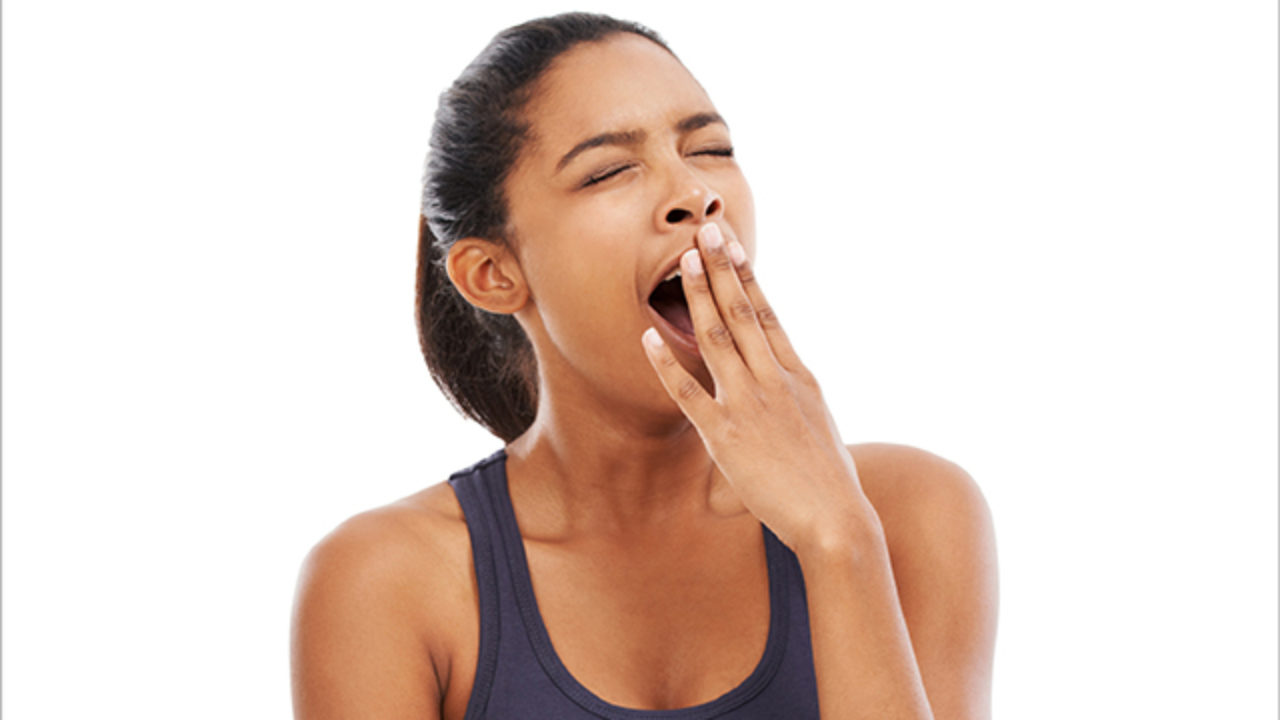Studies show between 4% and 6% of people suffer from hypersomnia. But what exactly is it?
Let’s take a closer look at the condition.
What is hypersomnia?
We all know how important it is to get the correct minimum amount of sleep, but people with insomnia struggle to get enough sleep.
On the other end of the spectrum, people who suffer from the condition of hypersomnia, which is basically the opposite of insomnia, feel excessively tired during the day. Hypersomnia can occur even after long stretches of sleep.
Also known as excessive daytime sleepiness, hypersomnia can be either a primary or secondary condition.
Both types result in the sufferers experiencing difficulty in functioning during the day due to being frequently tired. In turn, that can negatively affect their energy and concentration levels.
Primary hypersomnia occurs when no other medical conditions are present. The only symptom of primary hypersomnia is excessive fatigue. It’s thought to occur due to problems in areas of the brain that control sleep and waking functions.
Secondary hypersomnia can arise due to other medical conditions, such as kidney failure, Parkinson’s disease, and chronic fatigue syndrome. Such conditions can cause people to have poor sleep quality at night and therefore lead to feeling excessively tired in the daytime.
The Symptoms of Hypersomnia
The main symptom of hypersomnia is feeling constantly tired. That can cause sufferers to take naps during the day, although those naps do not actually ever relieve the tiredness.
People with hypersomnia can also have difficulty waking up after long periods of sleep.
Other symptoms of hypersomnia include:
- Irritability.
- Low energy.
- Anxiety.
- Restlessness.
- Difficulty in remembering things.
- Slow thinking or speech.
- A loss of appetite.
Who is at risk of hypersomnia?
As mentioned above, certain health conditions can cause secondary hypersomnia. As well as kidney failure, Parkinson’s disease, chronic fatigue syndrome, secondary hypersomnia can be caused by heart conditions, brain conditions, sleep apnea, thyroid function, and atypical depression.
Some medications, and frequent alcohol or drug use, can also cause hypersomnia. But hypersomnia can happen to people without preexisting conditions.
According to the American Sleep Association, hypersomnia affects men more than it affects women, although it’s not known why.
How is hypersomnia treated?
The treatment for hypersomnia depends on the cause of the condition.
Lifestyle changes are usually the first course of treatment recommended by doctors. That can include sticking to a regular sleeping schedule and avoiding certain activities, especially prior to bedtime.
Doctors also recommend that sufferers of hypersomnia do not use drugs or drink alcohol. A high-nutrition diet can also be recommended for maintaining natural energy levels.
Medication can be used to treat hypersomnia too. Many of the medications used to treat narcolepsy can also be used to treat hypersomnia, including methylphenidate, amphetamine, and modafinil; which are stimulants that help people to feel more awake.
While treatments can help people with hypersomnia to improve their symptoms, some people may never get full relief.
Diagnosing Hypersomnia
If you think you may be suffering from hypersomnia, you should consult your doctor. To diagnose the condition, your doctor will review your medical history and symptoms.
The doctor may perform a physical examination to test your level of alertness. Your doctor could also perform other tests to diagnose your condition.
He or she could ask you to keep a sleep diary in which you record your sleep so that sleeping patterns can be tracked. Your doctor could also use the Epworth Sleepiness Scale to rate your sleepiness and determine the severity of your condition and use the multiple sleep latency test to monitor how much you nap during the day and the type of sleep you experience.
In some situations, a polysomnogram test may be used, which involves monitoring your brain activity, heart rate, eye movements, and breathing functions.

